What Is A
Blocked Tear
Duct?

Blocked Tear Duct
A blocked tear duct is an eye condition that often causes the affected eye to produce excessive tears. Our eyes are always producing tears, and keeping the eyes adequately lubricated is essential for good vision. However, it is equally important that tears are drained properly.
Tears are formed in small glands located above our eyes, and then travel to the surface of the eye and down to the nose via the tear ducts, which function like drainage pipe. A blocked tear duct is a condition that disrupts the natural function of this part of the eye.
Thank you
We’ll get back to you soon.

What Are The Causes Of A Blocked Tear Duct?
- 1. Genetics
- 2. Injury or surgery to surrounding areas like the eyes and nose
- 3. Ageing: as time goes by the openings that let tears flow out of the glands become narrower. This condition is common among older women
- 4. Infection
- 5. Abnormalities in the glands or tear ducts (more common in newborns)
- 6. Cancerous growths pushing against the drainage system
- 7. Glaucoma or cancer treatment

What Are The Symptoms Of A Blocked Tear Duct?
- 1. Excessive tearing
- 2. Poor or blurred vision
- 3. A crusty or sticky buildup in the inside corner of the eye
- 4. Pus discharge is a sign of a blocked tear duct caused by infection
- 5. Redness and inflammation in other parts of the face, like the eyelids and the nose
- 6. Symptoms that get worse with certain weather conditions, like during windy or cold days
How Is A Blocked Tear Duct Diagnosed?
Your eye doctor will carry out some tests to find out the condition of your eye’s drainage system. Tests may also involve an examination of the inside of your nose and in some cases X-rays or other types of imaging may be needed.
Can Blocked Tear Ducts Be Prevented?
Not 100%, but you can reduce your chances of developing this condition by getting prompt treatment for any eye infections and by keeping high hygiene standards when it comes to hand washing, keeping contact lenses and eye-up clean, and avoiding rubbing your eyes.

What Is The Treatment Of Blocked Tear Ducts?
Treatment varies depending on what’s causing the blockage.
- 1. In newborns, the problem may go away on its own as the area continues to develop.
- 2. Sometimes, the small probe used in diagnosis can resolve the blockage. The same procedure is used with babies if the problem doesn’t improve after a few months.
- 3. If the blockage is caused by infection, treatment will involve following a course of antibiotics.
- 4. For causes other than infection, treatment may require unblocking the tear duct using a balloon catheter. You will be sedated while a thin tube with a deflated balloon is inserted through the nose. Then the balloon is inflated to unblock the tear duct.
- 5. In some cases, you will need to undergo blocked tear duct surgery, known as dacryocystorhinostomy (see details below).
Blocked Tear Ducts F.A.Q's
What does this surgery involve?
This surgery rebuilds the blocked tear duct passage and inserts a small medical-grade silicone tube that will function like the tear duct until it’s healed, or 6-12 weeks post-surgery.
What types of surgery are there?
one is done externally, accessing the blockage via the skin, and another one is done internally via the nostril.
How long does surgery take?
Approximately 1.5 hours.
Does surgery leave scars?
External tear duct surgery does, but scars are often very faint after a few months.
Will I need anaesthetic?
Yes, anaesthetic may be local or general.
Can I go home afterwards?
It depends on what time of the day you have surgery. If the operation is done late in the day, you may be asked to stay in hospital overnight.
Can everyone have this surgery?
Yes, except if you are obese or are on blood thinning medication.
Thank you
We’ll get back to you soon.
Aftercare Following Blocked Tear Duct Surgery
- Use the eye drops exactly as prescribed
- To keep your nose clear of congestion, you’ll need to use a nasal spray
- Don’t resume work until your surgeon tells you so
- Keep your hands off the area to avoid dislodging the temporary tube and to prevent infection
- Avoid hard blowing of the nose for up to 6 weeks
